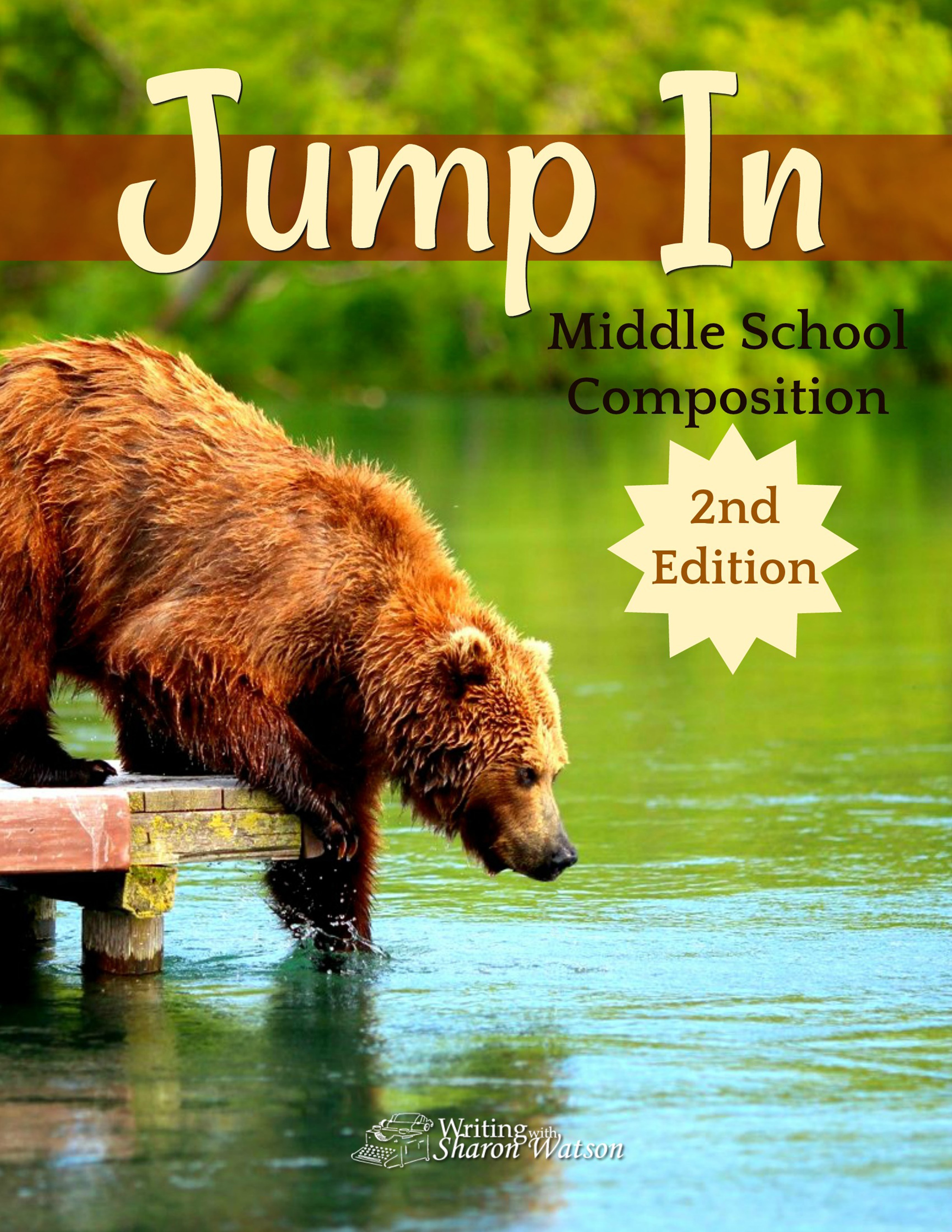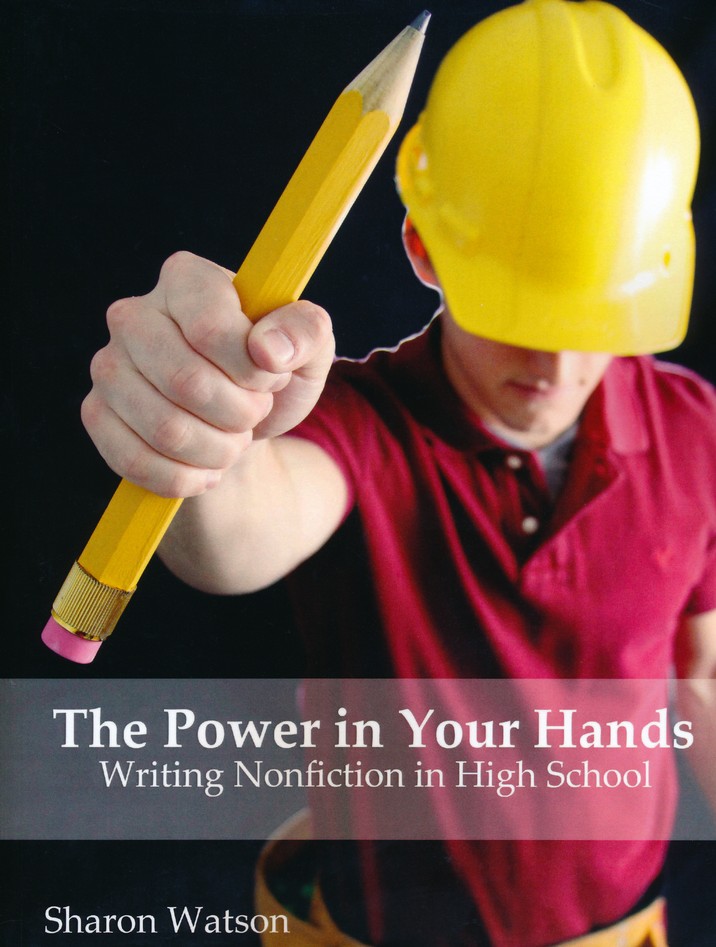You know you have them—those story writers who won’t come out of their bedrooms, the ones who faint at writing essays but love writing stories.
They spend hours creating fictional worlds and populating them with characters in trouble who are looking for a happy ending.
Fiction is a powerful tool to influence readers’ hearts. Let’s equip our fiction writers with practices and insights that will give them success. You can read more about how authors grab readers’ hearts here.
As an added bonus, students who learn how to write more effectively in the world of fiction are absorbing communication skills they will use in their essay and research papers as well.
Mary Shelley wrote Frankenstein before she was 19 years old. Christopher Paolini was only 15 when he wrote the first words to his best-selling Eragon. And Jane Austen wrote her first novel at age 14. When will your student be signing autographs?
These prompts are geared for students in 7th-12th grade. Use them now or bookmark them for later.
13 Delightful Fiction Prompts
1. It was a dark and stormy night.
“It was a dark and stormy night.”
Most likely you have heard of that opening sentence. It comes from a 1830 novel by Edward Bulwer-Lytton titled Paul Clifford. Actually, the whole first sentence goes like this:
It was a dark and stormy night; the rain fell in torrents — except at occasional intervals, when it was checked by a violent gust of wind which swept up the streets (for it is in London that our scene lies), rattling along the housetops, and fiercely agitating the scanty flame of the lamps that struggled against the darkness.
His long, occasionally rainy sentence somewhat cancels out the punch and strength of his “dark and stormy” sentence, but Bulwer-Lytton is not alone in using weather to signal to readers that something exciting is coming.
Frankenstein
Here’s Mary Shelley writing in Frankenstein of the night Victor Frankenstein’s monster comes to life:
It was on a dreary night of November that I beheld the accomplishment of my toils. . . . It was already one in the morning; the rain pattered dismally against the panes, and my candle was nearly burnt out.
Dreary. November (late in the year, when things in the Northern Hemisphere are dying). Deep into the night. The candle is guttering. These are all clues to the reader that something troubling and unusual is about to happen.
Ray Bradbury
And here’s Ray Bradbury setting the dark mood for the strange events in “The Black Ferris”:
The carnival had come to town like an October wind, like a dark bat flying over the cold lake, bones rattling in the night, mourning, sighing, whispering up the tents in the dark rain. It stayed on for a month by the gray, restless lake of October, in the black weather and increasing storms and leaden skies.
During the third week, at twilight on a Thursday, the two small boys walked along the lake shore in the cold wind.
October. Rain. Gray. Black. Storms. Twilight. Bradbury piles on the dark-mood images to give readers a sense of foreboding.
“The Raven”
And, of course, let’s not forget “The Raven” by Edgar Allan Poe. Here are the first two lines from each of the first two stanzas (words in bold font contribute to the dark mood of the poem):
Once upon a midnight dreary, while I pondered weak and weary,
Over many a quaint and curious volume of forgotten lore,
Ah, distinctly I remember it was in the bleak December,
And each separate dying ember wrought its ghost upon the floor.
Now it’s finally your turn: Write your own first sentence or paragraph to a short story. Use the weather or other elements to set the mood for what is about to happen. If you want to, you can finish your story.
Image credit: Snoopy by Charles Schulz from bulwer-lytton.com
*****
2. Describe characters by their clothing.
In real life, we’ve been taught not to judge people by their looks or their clothing,
but in fiction, these markers are essential to convey character traits and personalities to readers.
Learn how to use clothing to describe your characters.
*****
3. Point of view changes the feel of the story.
You’ve just read an old classic, something like Pride and Prejudice or A Tale of Two Cities.
Wouldn’t it be different if, say, Elizabeth Bennet or Charles Darnay were telling their own story?
Have some fun with point of view in this prompt.
*****
4. Add tension to your dialog.
If someone where to listen in on our conversations, they would find them fairly boring.
Even our fights would be yawners to outsiders: “Did not.” “Did too.”
Use this easy method of adding tension to your dialog so readers will keep reading.
(After all, isn’t that the point?)
*****
5. Write dialog that is not boring.
Polly and Digory from The Magician’s Nephew show us how to write better dialog in this prompt.
Just follow this link. >>
*****
6. And then punctuate it correctly.
Tarzan and Jane are our guides in this fun tutorial. >>
*****
7. How do you get your characters into hot water?
This powerful tutorial is so full of advice that it comes in two parts.
Here’s part one. >> {Two strategies}
Here’s part two. >> {Three strategies}
*****
8. The premiere rule of fiction writing: Show, Don’t Tell.
Learn how to show character emotions in this prompt. >>
*****
9. Write a story from an animal’s perspective.
See how James Michener does this in an amazing way in his epic Alaska, and then try it yourself.
Follow this link for mammoth fun. >>
*****
10. What comes to mind when you see these pictures?

Sometimes it’s fun to look at a picture and then write a story from it.
Here are three to choose from:
*****
11. Create a character.
Are you stuck when it comes to creating characters? Try this fun method.
*****
12. Use your eyes, ears, nose, and hands to describe a scene.
Read this scary example from Ray Bradbury (what is going to happen next?)
to see how to use sensory information in descriptions.
Imitate a passage from Joseph Conrad here. >>
*****
13. Use the motif of dark woods.
Dark woods, mirrors and doubles, ice queens, and other motifs can enhance your own writing.
Learn more here. >>
Another tutorial on motifs here. >>
*****
Have you enjoyed this fiction-writing bundle?
Download a FREE sample of our elective Writing Fiction [in High School] here.
*****
Looking for fun middle school writing prompts? Look no further!
Engage your teen writer with these intriguing high school prompts.
*****

























